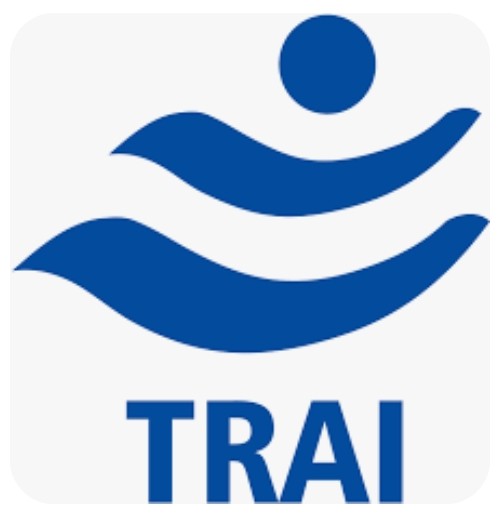Context:
Recently, TRAI has released the “Indian Telecom Services Performance Indicator Report” for the Quarter ending 31st December 2023.
About the report:
- This Report presents the Key Parameters and growth trends for Telecom Services in India for the quarter ending 31st December 2023.
- It offers a comprehensive viewpoint on telecom services, making it a useful resource for various stakeholders, analysts, and research organizations.
- The research shows the growth pattern for Internet, wireline, wireless, value-added services (VAS), and wireless data usage in terms of subscriber base and teledensity.
- It covers the performance of different telecom service providers in terms of Quality of service (QoS).
- It also covers the important income and use factors, therefore providing the financial and accounting data.
- The information provided by the Service Providers served as the primary basis for compiling the report.
Key Findings of the report:
1. Internet Subscriber Growth: The total number of Internet subscribers has increased, driven primarily by a surge in wireless Internet subscriptions.
- Total internet subscribers in India increased from 918.19 million (Sep-2023) to 936.16 million (Dec-2023).
- The quarterly growth rate has been recorded at 1.96%.
2. Shift towards Broadband: There is a notable shift towards broadband internet subscriptions, indicating increasing access to high-speed internet services across the country.
3. Wireline Subscription and Tele-density: The growth in wireline subscriptions and tele-density reflects ongoing efforts to expand and improve telecom infrastructure, especially in rural areas.
4. Revenue Growth and Financial Performance: Despite some fluctuations, overall revenue indicators such as Gross Revenue (GR), Applicable Gross Revenue (ApGR), and Adjusted Gross Revenue (AGR) show positive growth trends, underlining the sector’s financial resilience.
5. Quality of Service (QoS) Compliance: Service providers have largely met quality benchmarks, ensuring reliable and efficient telecom services for consumers.
6. Satellite TV and DTH Services: The satellite TV and direct-to-home (DTH) services segments continue to expand, offering a wide range of channels and entertainment options to viewers across the country.
7. FM Radio Operations: The FM radio sector remains vibrant, with a significant number of operational channels and steady advertisement revenue generation.
8. Community Radio Stations: Community radio stations play a crucial role in disseminating information and fostering community engagement, with a substantial number of stations operational nationwide.
What is TRAI?
The Telecom Regulatory Authority of India (TRAI) is a crucial government body that regulates the telecommunications sector in India. Here’s a breakdown of its key functions and importance:
- Established in 1997 under the Telecom Regulatory Authority of India Act, 1997.
- It is a statutory body functioning under the Department of Telecommunications, Ministry of Communications.
What Does TRAI Do?
It regulates telecom services, including:
- Fixation/revision of tariffs (pricing)
- Interconnection between service providers
- Quality of service standards
- Promotes fair competition in the telecom sector.
- Protects consumer interests by ensuring fair practices and grievance redressal mechanisms.
- Issues regulations on various aspects like spectrum allocation, mobile number portability, and direct-to-home (DTH) services.
- Conducts studies and gathers data to inform policy decisions related to the telecom sector.
Importance of TRAI:
- Ensures a healthy and competitive telecom market in India.
- Promotes affordable and accessible telecom services for consumers.
- Safeguards consumer rights and interests.
- Contributes to the growth and development of the Indian telecom sector.

